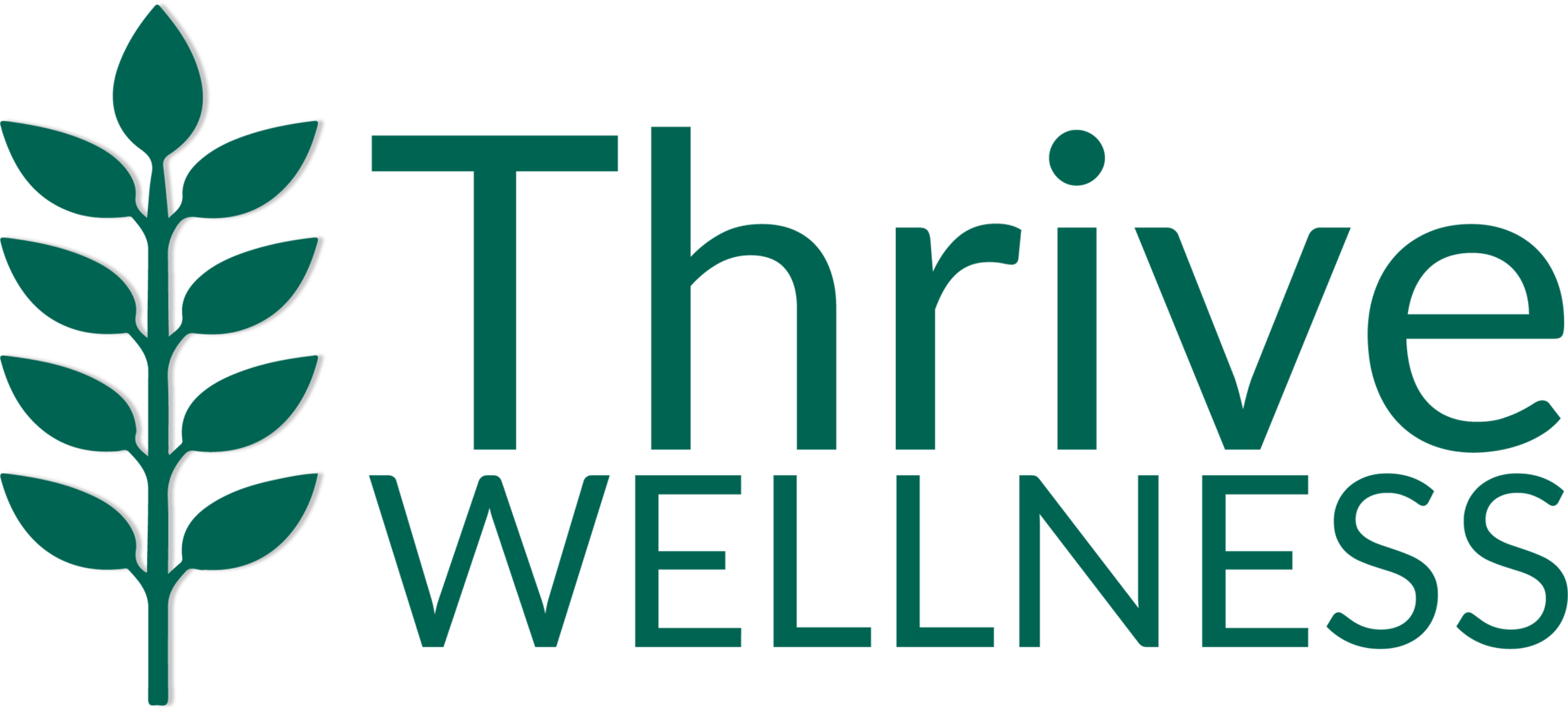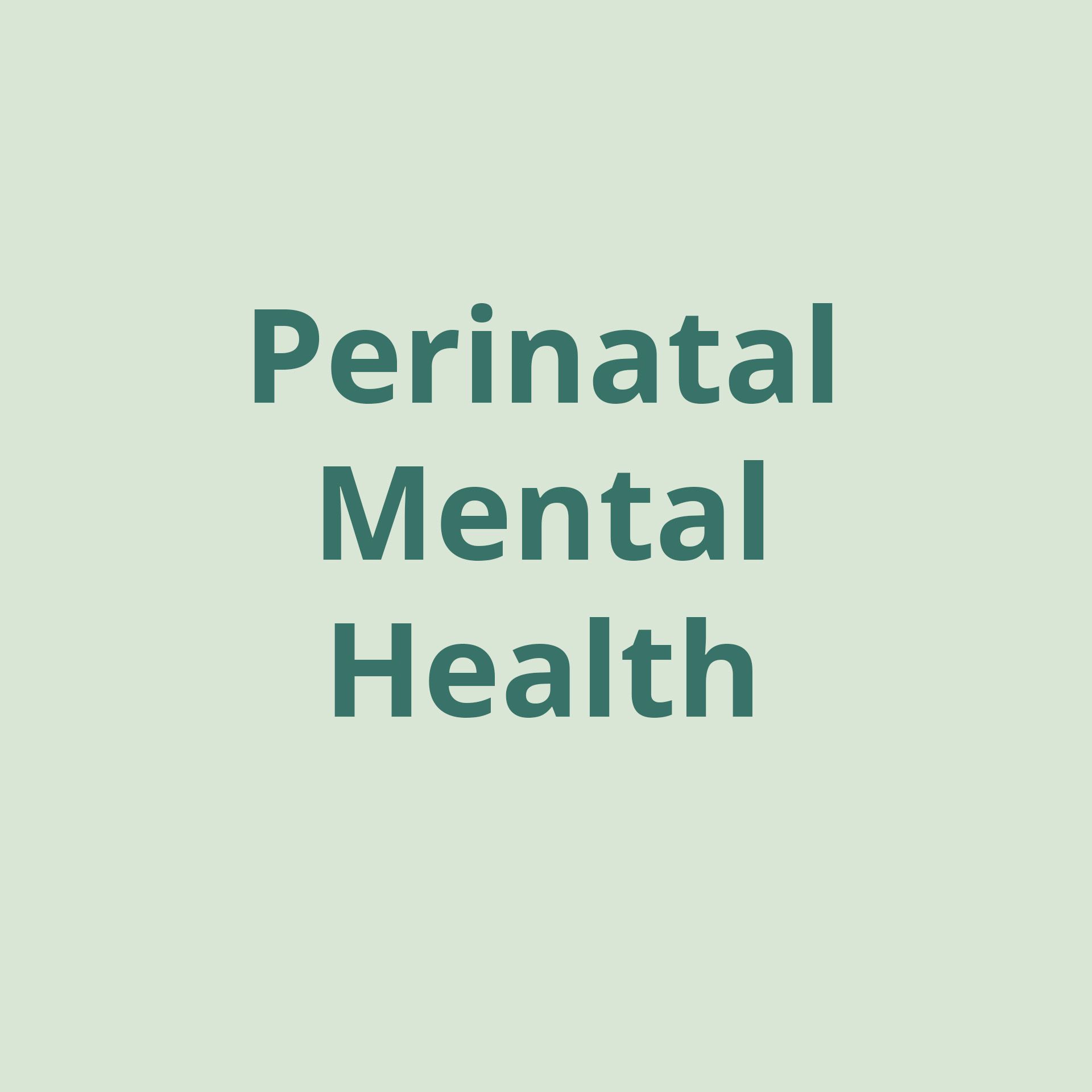A Culturally Sensitive Approach to Mental and Behavioral Health Care: Defining Culturally Affirming Therapy and Culturally Responsive Care

By Olga L. Mesina, Ph.D.
Forming a trusting, productive therapeutic relationship requires a clinician who takes a client’s cultural background, perspective, and values into consideration. For those in minority cultures – be it racial, sexual, or gender – seeking mental or behavioral health support can be an incredibly vulnerable experience as it may be challenging to find a therapist who understands their culture.
One possible solution is working with a culturally sensitive clinician that integrates culturally affirming therapy and culturally responsive care. These therapeutic approaches seek to honor the influence of a person’s culture on their well-being and offer healing strategies for practicing resiliency.
HOW CULTURE INFLUENCES MENTAL AND BEHAVIORAL HEALTH
Culture comprises the core behavior patterns, beliefs, and values within racial, ethnic, religious, and social groups. Often minority cultures, or groups that differ from the dominant populations, face discrimination, oppression, and racism. These experiences can add harmful and traumatic stressors to the lives of those in minority communities, placing them more at risk for mental and behavioral health concerns.
Related: BIPOC Mental Health Awareness Month: Highlighting Strength and Resilience in BIPOC Communities
Some destructive experiences minority groups may face include:
- Discrimination: Prejudicial and demoralizing treatment based on race, ethnicity, religion, sexual or gender identity, etc. Discrimination may cause a person to hide their true identity in place of one that may be more socially acceptable.
- Racial trauma: Mental or emotional harm resulting from living within a racist system or experiencing events of racism, which can result in post-traumatic stress disorder symptoms.
- Intergenerational and historical trauma:
Types of trauma that cause biological, social, mental, and emotional reverberations throughout lineages.
- Intergenerational trauma: Occurs when the implications of an individual’s trauma, such as sexual assault, are passed down to their children and so on. Although trauma affects individuals at similar rates across cultures, research shows that those in minority communities are less likely to seek treatment for trauma.
- Historical trauma: Develops when a community or generation collectively experiences trauma, such as oppression. The trauma can be passed through the generations.
- Generational poverty: Describes when poverty persists for two or more generations. This kind of poverty can be a result of trauma, especially trauma brought on by discriminatory treatment.
- Health disparities : Those in minority cultures may face a lack of access to health resources and care due to public policies, racial biases, and sex and gender affiliation.
WHAT IS CULTURALLY AFFIRMING THERAPY?
Culturally affirming therapy values and celebrates one’s cultural identity, while also acknowledging how their cultural background influences their mental and behavioral health.
Elements of culturally affirming therapy include:
- Self-awareness: Clinicians gain insight into how their own cultural background, personal assumptions, and unconscious biases impact their personal and professional perspectives.
- Education: On their own, professionals work to educate themselves on any aspects of their clients’ cultural identities that they may not be informed about.
- Understanding: Practitioners ask questions about their clients’ cultural backgrounds to explore what role their identities play in their mental and behavioral health.
- Affirmation: Providers affirm their client’s identity and encourage them to embrace their authenticity. They never treat their client’s differences as a “problem,” “symptom,” or “condition.”
- Acknowledgment: Therapists approach treatment with the understanding that marginalized groups face discrimination , racial trauma , intergenerational trauma , historical trauma , generational poverty, and health disparities that can place them more at risk for mental and behavioral health struggles. They acknowledge any oppression that clients describe experiencing.
- Humility: Clinicians lead with humility, accepting any client feedback and adjusting as necessary.
Through culturally affirming therapy, therapists can make their clients feel understood, supported, and safe to honestly express themselves.
WHAT IS CULTURALLY RESPONSIVE CARE?
Culturally responsive care is an action-oriented approach that can help clients develop strategies for facing struggles relating to their cultural identities, especially if they’re in a marginalized group.
Elements of culturally responsive care include:
- Identification: Practitioners identify any symptoms possibly brought on by discrimination such as negative self-talk and feelings of hopelessness.
- Reframing: Clinicians may help their clients practice resiliency in the face of oppression while encouraging their personal growth and courage.
- Guidance: Clients who engage in “mainstream actions” may encounter resistance from others in their same culture. Providers can guide clients in carrying out these social interactions with others in their community.
- Collaboration: Therapists work alongside their clients to explore ways to make space for necessary social change.
- Mindfulness: Providers encourage the practice of mindfulness as a way of coping with social injustices that are out of their clients’ control.
A culturally responsive care approach can empower individuals in minority communities to discover healing, happiness, and purpose amid unjust and discriminating circumstances.
CULTURALLY SENSITIVE MENTAL AND BEHAVIORAL HEALTH CARE AT THRIVE
Thrive offers a safe, welcoming, and healing place for individuals of all cultures. In our therapeutic practice, we lead with the awareness that minorities face unfair societal treatment that may make them more vulnerable to mental and behavioral health concerns. We take a culturally sensitive clinical approach, implementing both culturally affirming therapy and culturally responsive care so individuals of all identities can heal and grow confidently and authentically. Reach out to learn more about our therapeutic services .
About the Contributor
Olga L. Mesina, Ph.D. is a National Board Certified Counselor (NBCC) and Certified Rehabilitation Counselor (CRC) in Northern Nevada who consults Thrive Wellness on a part-time basis to provide clinical and community-based guidance in relation to diversity, equity, and inclusion initiatives. She believes that there is a huge need for culturally aware providers and clinicians that work with underrepresented populations in any community, and is passionate about increasing awareness, developing understanding, and promoting professional development within the mental health care space.
As a first-generation Latina, Olga has been inspired to work tirelessly for the success of all students. Her efforts focus on creating new programming and learning opportunities for students with disabilities to pursue their chosen careers and life goals at the community college level. Olga was born in Winnemucca, Nevada, and grew up mainly in Reno, Nevada. She is a single mom of an amazing 11-year-old daughter. Olga has her Ph.D. in Special Education from the University of Nevada, Reno, focusing on transitioning from K-12 to college. She also holds a Master of Arts in Counseling and Educational Psychology from the University of Nevada, Reno, and a Master of Science in Rehabilitation Counseling from Texas Tech Health Sciences Center. She started her career in higher education as a graduate intern in the Undecided Advising office at the University of Nevada, Reno in 2006.
Olga has worked primarily with individuals with disabilities since 2008 when she joined the Bureau of Vocational Rehabilitation as a Vocational Rehabilitation Counselor. She worked with a diverse clientele and became particularly interested in removing barriers for individuals interested in completing higher education in their pathway to attaining employment. She joined TMCC in 2013 as a specialist in the Re-Entry program and in 2014 as a specialist in the Disability Resource Center, working with students with disabilities transitioning from high school to college. She has been working with the TMCC Disability Resource Center since 2014 and loves working with students and staff. [Preferred Pronouns: She/Her/Hers]








